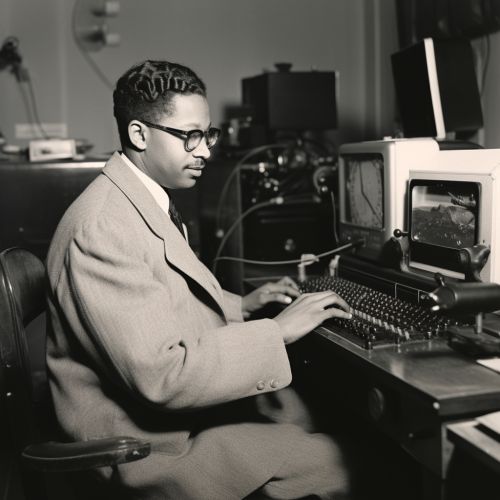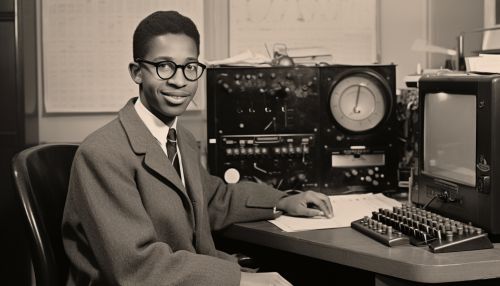Arthur Samuel
Early Life
Arthur Lee Samuel was born on December 5, 1901, in Emporia, Kansas. He received his Bachelor of Arts degree in Electrical Engineering from Massachusetts Institute of Technology in 1926. After graduation, he worked at Bell Laboratories for a brief period before moving on to academia.
Career
In 1949, Samuel joined the International Business Machines Corporation where he made significant contributions to the field of computer science. He is best known for his pioneering work in the field of machine learning, a term he is credited with coining.
Samuel's work at IBM focused on developing programs for IBM's earliest computers. His most notable work was on the game of checkers. He developed a program that could play checkers at a competent level and improve its performance by learning from its past games. This was one of the earliest demonstrations of what we now call machine learning.
Contributions to Machine Learning
Samuel's work on the checkers program was groundbreaking. He used a method known as alpha-beta pruning, a search algorithm that reduces the number of nodes that are evaluated by the minimax algorithm in a search tree. This was one of the earliest uses of heuristic search techniques in AI.
In addition to his work on checkers, Samuel also developed a program for the IBM 704 that could interpret written text. This was one of the earliest examples of natural language processing, a subfield of AI that focuses on the interaction between computers and humans through natural language.
Later Life and Legacy
Arthur Samuel retired from IBM in 1966 but continued his research in machine learning at Stanford. He passed away on July 29, 1990. His contributions to the field of computer science, particularly in machine learning, continue to be recognized and built upon today.


